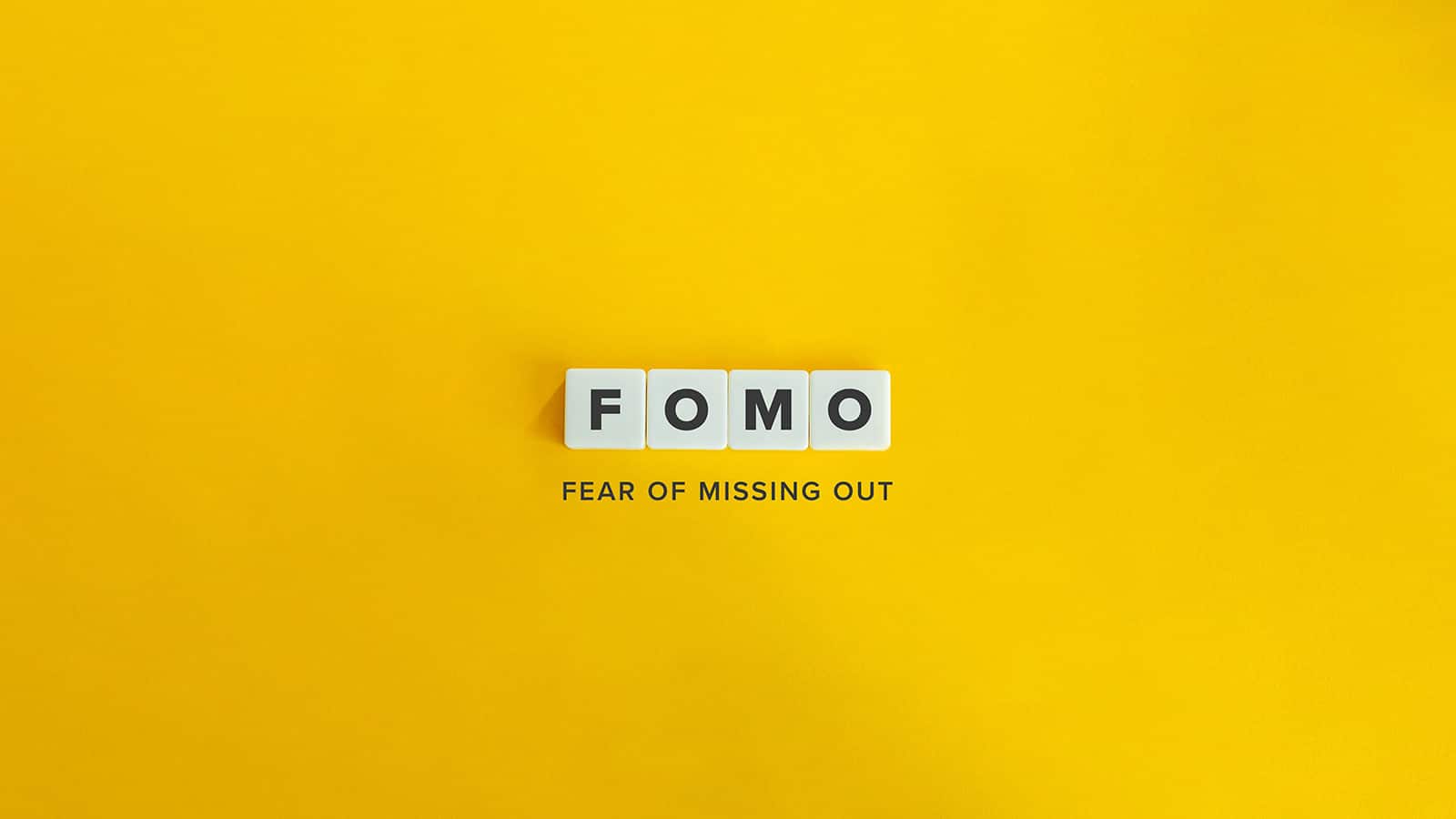Approximately 60% of consumers make purchases due to the Fear of Missing Out (FOMO). This behavior is particularly prevalent among millennials, often within 24 hours of experiencing it.
The Fear of Missing Out (FOMO) is a powerful psychological phenomenon that significantly influences consumer behavior, particularly in the realm of ecommerce and online shopping. Various studies and statistics highlight the extent to which FOMO drives purchasing decisions across different demographics.
Table of Contents
Key Statistics on FOMO-Driven Purchases
1. General Consumer Behavior
According to research, approximately 60% of consumers make purchases due to FOMO. This indicates a widespread influence of FOMO on buying decisions, with many consumers feeling compelled to act quickly to avoid missing out on deals or exclusive products .
2. Millennials and FOMO
Millennials are particularly susceptible to FOMO, with 60% of this demographic making reactive purchases influenced by the fear of missing out . This behavior is often seen in impulse purchases driven by social media and limited-time offers.
3. Impact of Social Media
Social media platforms play a crucial role in amplifying FOMO. A study by GlobalWebIndex found that 37% of social media users have made purchases due to FOMO . The constant exposure to what peers are buying and experiencing can create a strong sense of urgency and desire to keep up.
How FOMO Influences Buying Decisions
FOMO marketing leverages the fear of missing out to create a sense of urgency and drive conversions. Here are some ways it is effectively used:
Limited-Time Offers
Implementing limited-time offers is a common marketing tactic that creates a sense of urgency. For example, using countdown timers on product pages can encourage shoppers to make quick decisions to avoid missing out.
Social Proof
Social proof, such as testimonials, real-time activity notifications, and showcasing popular products, can significantly increase conversions. Tools like TrustPulse help ecommerce businesses display real-time actions (e.g., purchases or sign-ups), which can prompt others to take similar actions .
Scarcity and Exclusivity
Highlighting product scarcity or exclusive deals can drive FOMO. For instance, showing low stock alerts or offering exclusive access to new products for a limited time can push consumers towards making immediate purchases.
Demographic Insights
Millennials Experience FOMO
Studies indicate that 69% of millennials experience FOMO regularly, with many of them making purchases to avoid missing out on experiences shared on social media .
This demographic is highly influenced by their peers’ activities on social media platforms, leading to reactive purchases to maintain their lifestyles and social standing.
Social Media Users
Social media users, especially those in younger demographics, frequently experience FOMO due to the constant stream of updates and advertisements they encounter online. This exposure can lead to overspending and impulse purchases as they strive to keep up with the latest trends.
Practical Application of FOMO Marketing
To effectively harness the power of FOMO in your marketing strategy, consider the following tactics:
Use Interactive Elements
Incorporate interactive elements such as countdown timers, real-time stock levels, and limited-time discounts to create a sense of urgency.
Leverage Testimonials and Social Proof
Display customer testimonials and real-time purchase notifications to build trust and encourage others to follow suit.
Optimize Product Descriptions
Craft compelling product descriptions that emphasize scarcity and exclusivity, encouraging consumers to act quickly.
Engage on Social Media
Use social media platforms to highlight new products, exclusive deals, and limited-time offers, creating a buzz that drives conversions.
By strategically using FOMO, businesses can increase conversions and build stronger connections with their audience. However, it’s essential to balance this approach to avoid customer fatigue and maintain a positive brand reputation.
Conclusion
The influence of FOMO on consumer behavior is undeniable, with a significant percentage of people, especially millennials, making purchases driven by the fear of missing out. By understanding and leveraging FOMO in your marketing strategy, you can effectively drive conversions and enhance your ecommerce success.
